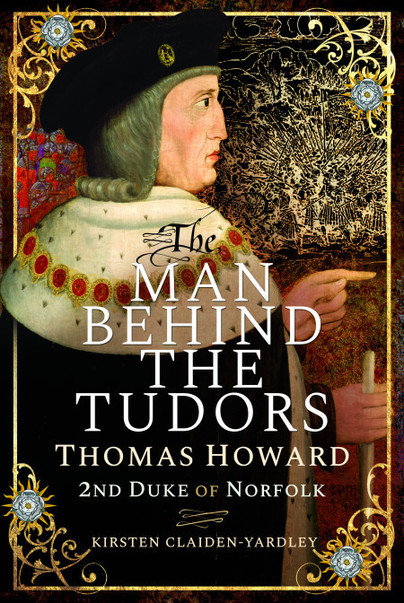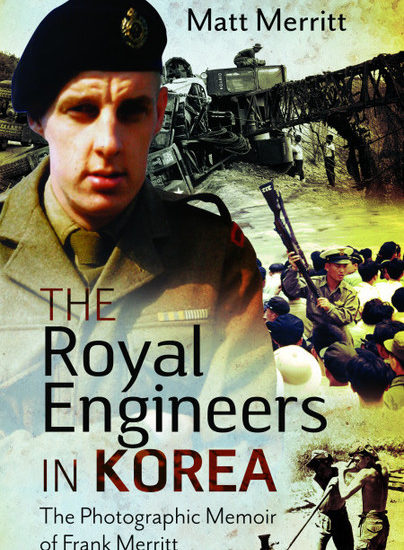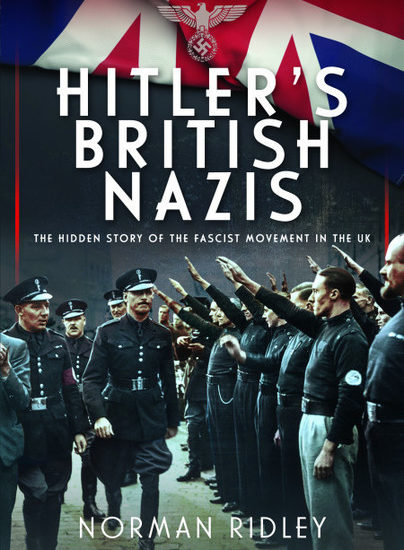Top Ten Tudor Love Stories: Part 1
Here is the first part of the top ten Tudor love stories from Pen and Sword author Kirsten Claiden-Yardley. The Man Behind the Tudors by Kirsten is out now. Enjoy!
In November 1497, shortly after the death of his first wife, Thomas Howard, 2nd duke of Norfolk, married her cousin, Agnes Tilney. Although he was one of the wealthiest and most powerful men in England, his new wife brought no money, land or influence to the marriage. Combined with the speed at which permission was obtained from the pope for the wedding, it is generally believed that this was a love match and they went on to have an apparently happy marriage. Theirs was not the only Tudor love story but, in a world where marriages were important transactions and where affairs could be highly political, not everyone was lucky enough to have such a happy ending. Here is a rundown of ten top Tudor love stories and their aftermaths.
10 – Henry VIII and Elizabeth Blount
Henry VIII is renowned for his six wives but he also had a number of mistresses. While none of his affairs lasted long, he did have an ongoing connection with one of them: Elizabeth Blount, the mother of his illegitimate son, Henry Fitzroy. Elizabeth was skilled at dancing and music, and made frequent appearances in the masques put on by the royal court where she caught the eye of the King. Henry was generous in his treatment of their son; he gave him the double dukedom of Richmond and Somerset, ensured he was well educated and appointed to multiple political and diplomatic positions. His affection for Elizabeth was evident throughout her lifetime. She was the recipient of numerous grants and gifts from the King including, as a New Year’s gift in 1532, a valuable gilt goblet that weighed 32 ounces.
9 – Thomas Cranmer and Joan
Thomas Cranmer, theologian, priest and archbishop of Canterbury is an unusual inclusion in an article about love matches and yet this is the first of two appearances. Shortly after completing his MA in Cambridge in 1515, Thomas married a young woman named Joan. In later life, he was extremely reluctant to speak about his first wife with the result nothing is known of her origins, upbringing or surname. What we do know is that Thomas acted rashly in marrying her, risking irrevocably damaging his career, making it highly likely that it was a love match. Although, he wasn’t a priest at that stage of his career, he was required to give up his recently acquired fellowship at Jesus College, Cambridge, as a result of his marriage. Sadly, Joan and her child died in childbirth. Thomas returned to Jesus to take up his fellowship, and was subsequently ordained allowing him to go on and play a pivotal role in the English Reformation.
8 – Anne Boleyn and Henry Percy
Anne Boleyn arrived at the English royal court in 1521, having spent the past seven years in the household of Queen Claude of France. She quickly met and fell in love with Henry Percy, the earl of Northumberland’s heir who, at the time, was resident in Cardinal Wolsey’s household. The relationship threatened the plans their families had made for their marriages and Wolsey moved quickly to bring it to an end. The earl of Northumberland was summoned to court to reprimand his son for his reckless behaviour.
Anne would go on to fall in love with Henry VIII while Henry Percy was married off to Mary Talbot who he loathed. Rumours that Henry and Anne had promised to marry (considered a binding contract at the time) circulated between 1532 and her death in 1536, not least because of the implications of Anne’s marriage to Henry VIII, but Henry Percy denied that they had made any such promises. Despite ongoing ill health, he was on the jury of noblemen at Anne’s trial. It is unlikely that his youthful passion for Anne had survived undimmed but, after giving his guilty verdict, he collapsed to the ground
7 – Robert Dudley and Douglas Sheffield
The intriguingly named, Douglas Howard, was a half-cousin of Elizabeth I and served as a member of Elizabeth’s household. At the royal court she met and fell in love with Robert Dudley, beginning an affair with him in the early 1570s. It was common gossip at the royal court that both Douglas and her sister, Frances, were in love with Robert. She would later claim that she had secretly married Robert in 1573 but this is unlikely – she had previously denied such a marriage, and Robert had written to her explained that he would not marry, despite being the last of his line, because he feared Elizabeth’s anger if he married.
Whilst Robert would not marry her, and indeed encouraged to marry another of her suitors, he did write of his continuing love for Douglas and they had a son who was born in 1574. Custody arrangements seems to have been amicable with their son living with Lord North, a friend of Robert’s, but with permission to see his mother. Their affair seems to have ended by 1578 when Robert married Lettice Knollys, and in 1579, Douglas secretly married Edward Stafford, a widowed diplomat and gentleman pensioner.
6 – Mary Stewart and Henry Stewart
Strictly speaking, Mary does not belong on a list of Tudor love stories but, as a great-granddaughter of Henry VII and possible successor to Elizabeth I she was part of the wider dynasty. Mary has typically been seen as a romantic and tragic figure and her relationship with her cousin Henry Steward is a key part of that reputation. Betrothed to the dauphin of France at the age of five, Mary did not return to Scotland until she was 18 years old and widowed. She was in an awkward and lonely position – queen of an unfamiliar land, Catholic and pro-French when and which had recently turned to Protestantism and a pro-English stance. Her marriage was a matter of international interest and scrutiny, particularly by the English
Into this diplomatically complex situation came Mary’s cousin, Henry Stewart, Lord Darnley, recently returned from exile in England. Mary fell in love with Henry in April 1565 and married him on 29th July (even though they hadn’t yet received papal dispensation to marry despite being cousins). As Henry was another possible heir to the English throne and a closet Catholic, the marriage was met with anger from Elizabeth I and a rebellion by Protestant Scottish lords. Mary’s love for Henry seems to have faltered as she discovered that he was vain, idle and violent. She quickly backtracked on her promise to give Henry equal power in government.
Her enemies used Henry’s discontent to persuade him to assist with the murder of Mary’s secretary, David Riccio. Henry was now disliked by all sides, including Mary. Then on ,10 February 1567, there was an explosion at the house where Henry was living and his strangled body was found in the garden. Mary was probably not directly involved in planning Henry’s murder but she was aware of plots against him. Guilt over his death tipped her into a deep depression or nervous breakdown from which she did not recover for several months.
……………………………………………..
Keep an eye out… the top five will be posted on the blog tomorrow!

The Man Behind the Tudors is available to order here.

